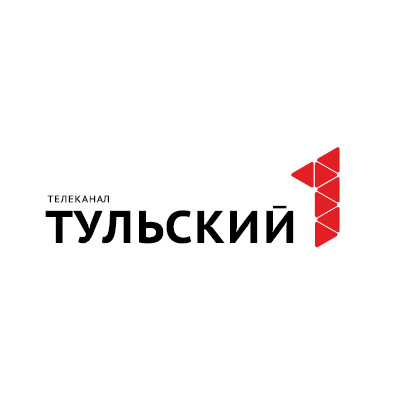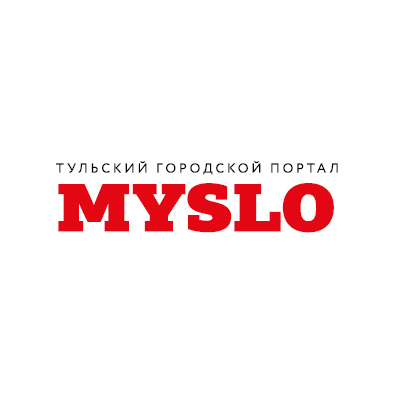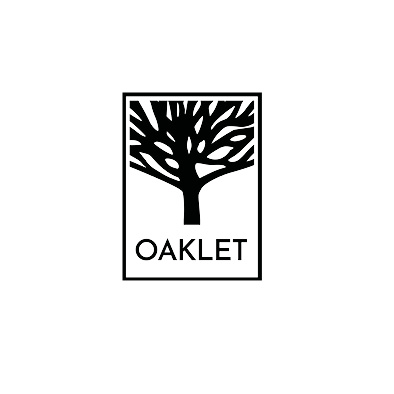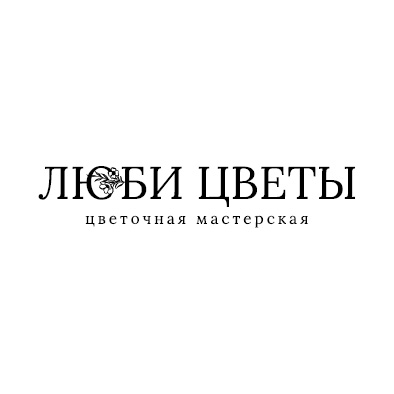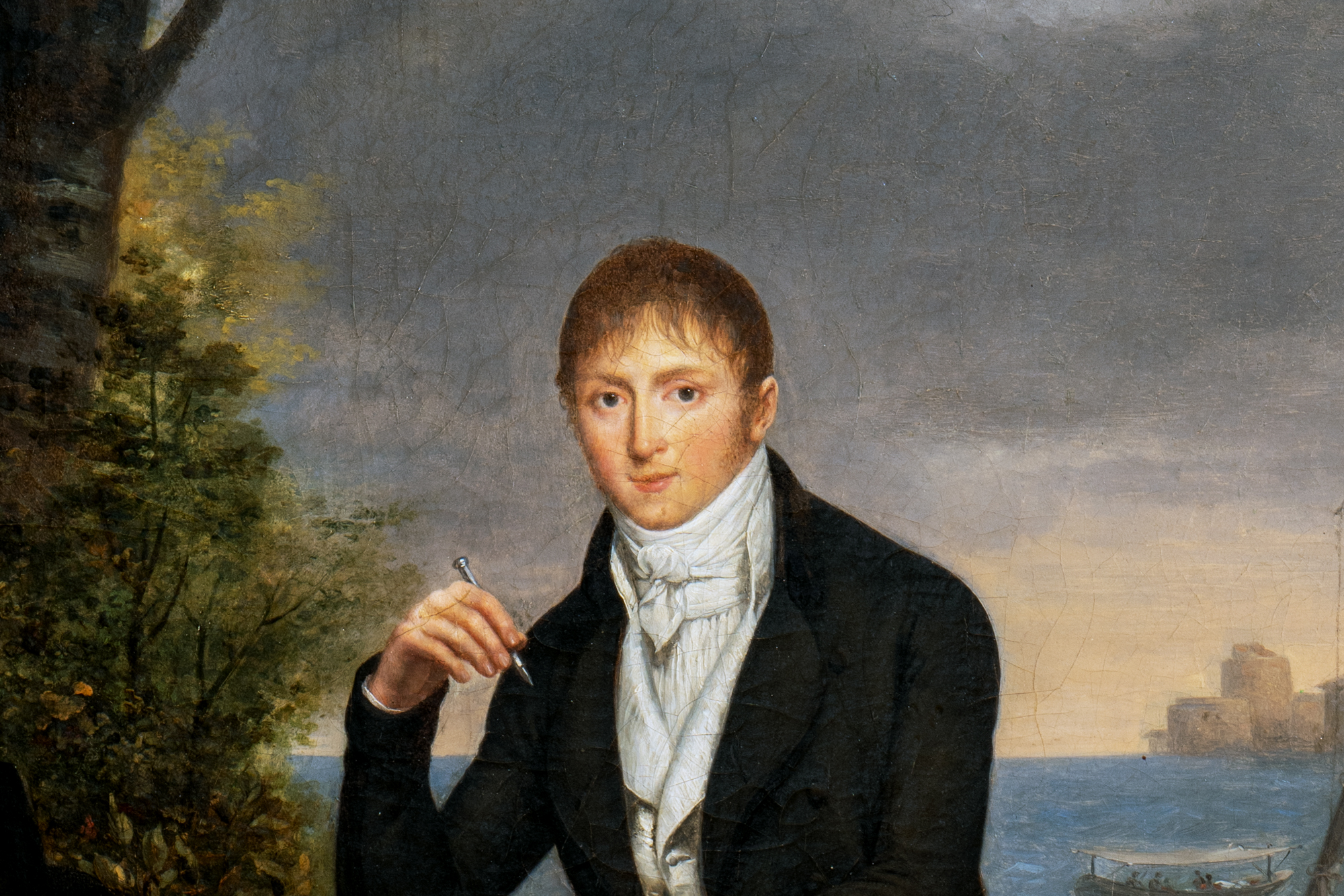
Friday and Saturday — from 10:00 to 21:00
The last Tuesday of the month is a day off
The ticket office closes 30 minutes before the end of the museum.
The exhibition will tell about the men’s European fashion of the 1770s – 1830s. During this period, major cultural paradigms are changing, new models of male physicality and new behavioral stereotypes are being approved. The brightness and decorativeness of the costume is replaced by conciseness and monochrome. Men refuse wigs and abundant decorative cosmetics. Changes are also taking place in the body’s plasticity — movements become more restrained and closed. The desire to simplify the costume, its informality, exists in parallel with the conservative limitations of the formal suit. Fashion trends are changing at an incredible rate up to that time.
The purpose of the exhibition is to show the change of aesthetic ideals and preferences of fashionistas of the past not as funny curiosities and oddities, but as a norm and unconditional value for people of that time; thereby making a little closer and clearer both the bygone era as a whole and the appearance, actions, preferences of a particular person.
The exhibition “Handsome man. Men’s fashion at the turn of the XVIII – XIX centuries” consists of three sections. The first, “Fashion”, will tell about the “ideal” and “extreme” men’s fashion of the 1770s – 1830s, as it was in fashion pictures, in fashion magazines, almanacs, all kinds of manuals, and how it was created by individual fashionistas, legislators of tastes, as well as how fashion was perceived by its opponents — through caricatures and satire. The second part, “The Courtyard”, is devoted to the most conservative clothes — luxurious ceremonial robes, which were based on the French style of clothing. The court costume became the opposite of the fashionable dress worn in the city.
The Park section introduces a different aesthetic: urban French, followed by the rest of European fashion, tended towards the “pleasant carelessness in dress” characteristic of English country clothes. Practical and convenient, characterized by excellent workmanship and quality of materials, it quickly gained popularity.
In total, the exhibition presents about 250 exhibits from the funds of the State Historical Museum. These are items of clothing — caftans, tailcoats, vests; jewelry — rings, buttons, shoe buckles; fashion accessories — snuffboxes, lorgnettes, eyepieces, watches, dressing cases, swords; appearance care devices. The exhibition will also include picturesque portraits, engravings, and various publications. Many items are being shown to the general public for the first time.
The exhibition will open to visitors on February 14, 2024.
Additional information by phone +7 4872 77 31 65.


